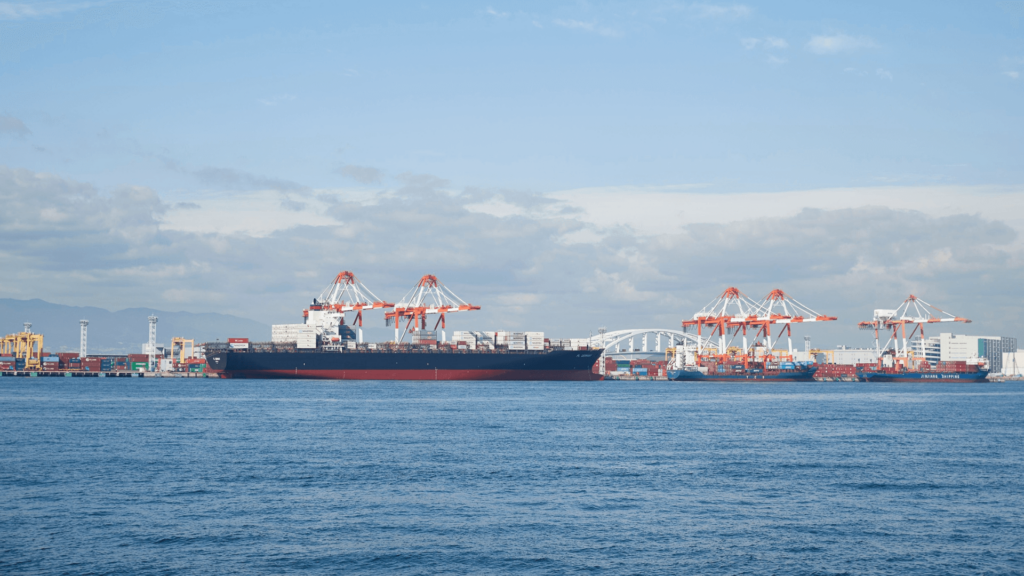
Cargo transport is an important sector for the European economy, representing 6% of its Gross Domestic Product (GDP). Roughly 75% of the transport operations (in terms of ton-kilometers) that make up the sector are currently performed by trucks on European roads, which, in turn, entail massive environmental and societal impacts. To put things into perspective, the freight sector is responsible for 75 million tons of CO2 emissions and 50,000 premature deaths/fatalities each year. Prior to the COVID-19 pandemic, the sector was expected to continue growing, and road freight transport, in particular, was projected to increase by around 40% by 2030 and by little over 80% by 2050.
To support the greening of cargo operations, the European Green Deal calls for a substantial part of the inland freight traffic to shift away from road towards cleaner modes such as rail, inland waterways and short-sea shipping. More specifically, the recently published Sustainable and Smart Mobility Strategy stipulates that rail freight traffic should increase by 50% by 2030 and double by 2050, whereas transport by inland waterways and short sea shipping should increase by 25% by 2030 and by 50% by 2050. In this context, the Commission has pledged to substantially revamp the existing framework for multimodal transport. The scarcity of transhipment infrastructure, and of inland multimodal terminals, in particular, which is pronounced in certain parts of Europe, would need to be addressed, and missing links in multimodal infrastructure closed. Ultimately, all transport modes for freight would have to come together in multimodal terminals. This, in turn, is to be further stressed in TEN-T and Rail Freight Corridor reviews and supported by EU funding and other policies, including R&I support. Important support measures, regulatory or economic, can be also foreseen in the revision of the Combined Transport Directive and other instruments. In addition, the review of the State aid rules, which already provide for a relatively flexible framework to publicly fund sustainable transport, can further contribute to the EU’s modal shift and multimodality objectives.
Not the least, both consumers and businesses need to be empowered to make more sustainable delivery and transport choices through the provision of adequate information on the climate footprint as well as on the available alternatives of their deliveries. To this end, the Commission has announced plans to establish a European framework for the harmonised measurement of transport and logistics-related greenhouse gas emissions, based on global standards. This initiative aims to overcome the existing fragmentation of various calculation methodologies, allow for reliable calculation of emissions, and enable a fair comparison of different transport options in the multimodal perspective, based on their GHG performance.
Against this background, the 8th Florence Intermodal Forum, co-organised by the Transport Area of the Florence School of Regulation and the Commission’s DG MOVE, will bring together policy makers, operators and manufacturers among others, for a discussion on the various measures to foster the greening of cargo operations in Europe. More specifically, stakeholders will be invited to critically discuss the following questions in two dedicated thematic sessions:
SPEAKERS SLIDES
Introduction
Matthias Finger – Florence School of Regulation Transport Area
Session A: Boosting the share of multimodal freight transport
Session B: Towards a common European framework for the harmonised measurement of transport and logistics greenhouse gas emissions
Alan McKinnon – Kuehne Logistics University

The 4th Florence Rail Regulation Conference aims to discuss advancements for accelerating the growth of the railways in the EU.…

The 3rd Florence Aviation Regulation Conference aims to discuss current and future economic and regulatory policies relating to European air…

The 1st Florence Maritime Regulation Conference aims to discuss regulatory advancements that accelerate the competitiveness and sustainable development of shipping,…
To meet, discuss and learn in the channel that suits you best.